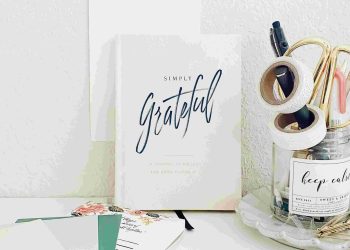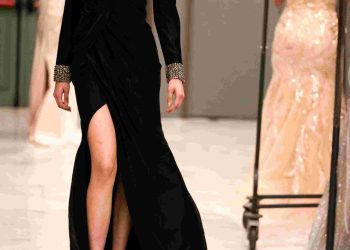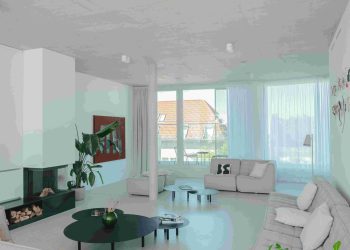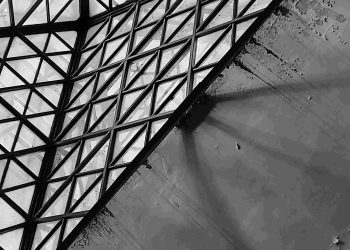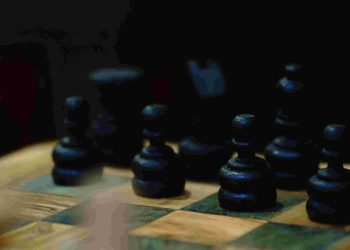Chic Chaos: Embracing Modern Aesthetic in a World of Disorder
In an era defined by noise, speed, and perpetual change, the notion of modern aesthetics offers both solace and provocation. To truly thrive amid such chaos, one must dare to disrupt traditional paradigms and embrace a vision of harmony born not out of sterile perfection but by celebrating the fluid dynamism of imperfection.
Three years ago, I found myself standing in a minimalist art gallery in downtown San Francisco, staring at an installation piece titled
‘Beautiful Anarchy.’
It was an assemblage of sharp-edged glass shards intersecting smooth organic curves of recycled wood. At first glance, it felt unsettling — a clash of dichotomies. But the longer I stood there, the more its chaotic beauty resonated. It didn’t speak of order; it celebrated the exquisite messiness of progress, creativity, and humanity itself. That installation planted a seed within me, a question I’ve been chasing ever since: Can disorder be chic?
Challenging Traditional Wisdom
Conventional wisdom often equates aesthetic satisfaction with symmetry, balance, and restraint. Design schools train students to achieve visual equilibrium, workplaces emphasize linear processes, and social norms push us toward curated perfection. Yet symmetry alone cannot address the modern challenges posed by fractured economies, disruptive technologies, and shifting cultural landscapes.
The rise of the ‘Chic Chaos’ aesthetic not only challenges the ‘sterile precision’ mindset but also turns unpredictability into elegant opportunity. Chaos, much like disruptive innovation in technology, dismantles rigid frameworks and gives rise to fresh ideas. The success of adaptive companies such as Spotify and Tesla reflects this principle — weaving unpredictability into their creative and operational schematics to overcome barriers.
Crossing Disciplines: Psychology Meets Design
The psychological principle known as ‘Wabi-Sabi,’ which finds beauty in imperfection and impermanence, stands at the philosophical crossroads of design and emotional well-being. While some interpret Wabi-Sabi as a purely aesthetic concept originating from Japanese culture, its implications in modern society are profound.
For instance, consider personalization in the user experience of apps. Where once platforms sought slick, uniform styles, today’s UX design thrives in tailored, slightly imperfect solutions — emojis, customizable layouts, reactive systems designed to function imperfectly in real-world scenarios for individual users. People, after all, are chaos embodied.

Predicting Future Trends
As workplaces increasingly adopt hybrid systems and gig economies dominate entire sectors, the very fabric of professional design will revolve around embracing controlled disorder. Imagine co-working spaces that inject playful unpredictability into ergonomics—shiftable desks, color-changing walls, and interactive tools that respond organically to team dynamics. Similarly, architecture itself might bend geometry in bold ways to reflect organic signals from society.
Technological layers will amplify this transformation. With the advent of AI-driven adaptive design, algorithms may become masters of aesthetic chaos — producing outputs that appear purposefully random yet emotionally resonant with humans.
Practical Steps to Adopt Chic Chaos Thinking
-
Experiment with asymmetry:
Whether designing a workspace or creating visual content, deliberately abandon perfect symmetry and test how disorder stimulates interaction. -
Reframe unpredictability:
Shift your thought process to see uncertainty not as a threat but as a gateway to innovation. -
Seek multi-disciplinary inspiration:
Explore how concepts from physics, psychology, and philosophy can inform your approach to work and design. -
Integrate imperfections:
In daily decision-making or long-term projects, celebrate the unexpected setbacks as invaluable lessons.
A Call to Action
There’s peril in standing still, clinging to ideals of perfection and symmetry that can neither adapt nor innovate. The Chic Chaos aesthetic compels us to confront the unpredictabilities of modern life not as flaws to fix but as puzzles to celebrate, experiences to cherish, and opportunities for growth. Let the shards of your ‘broken glass’ spark new ideas! Use the cracks as pathways, guiding yourself toward fluidity and resilient beauty. By embracing modern aesthetics with boldness and fresh perceptions, you not only survive — you thrive.




